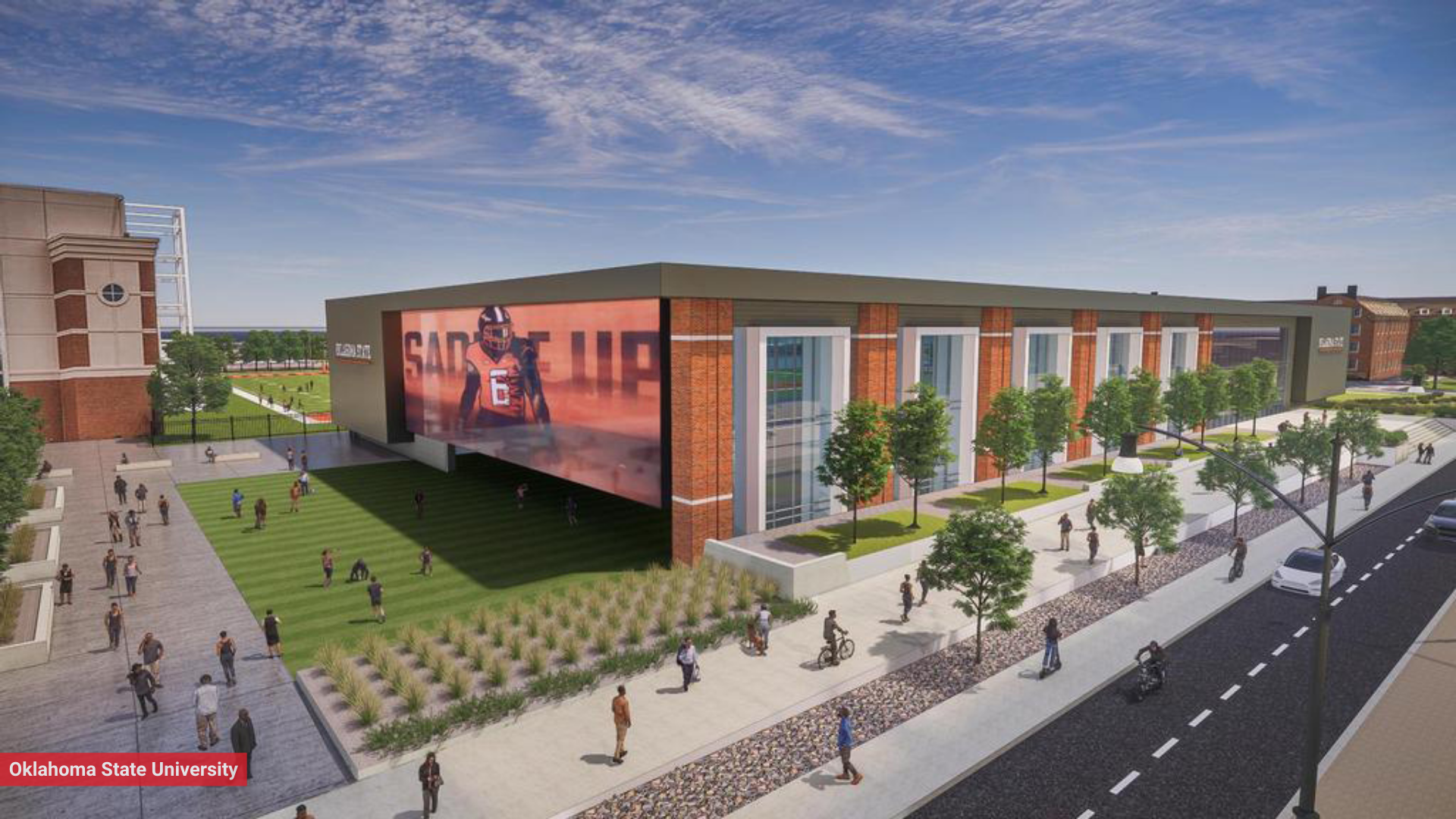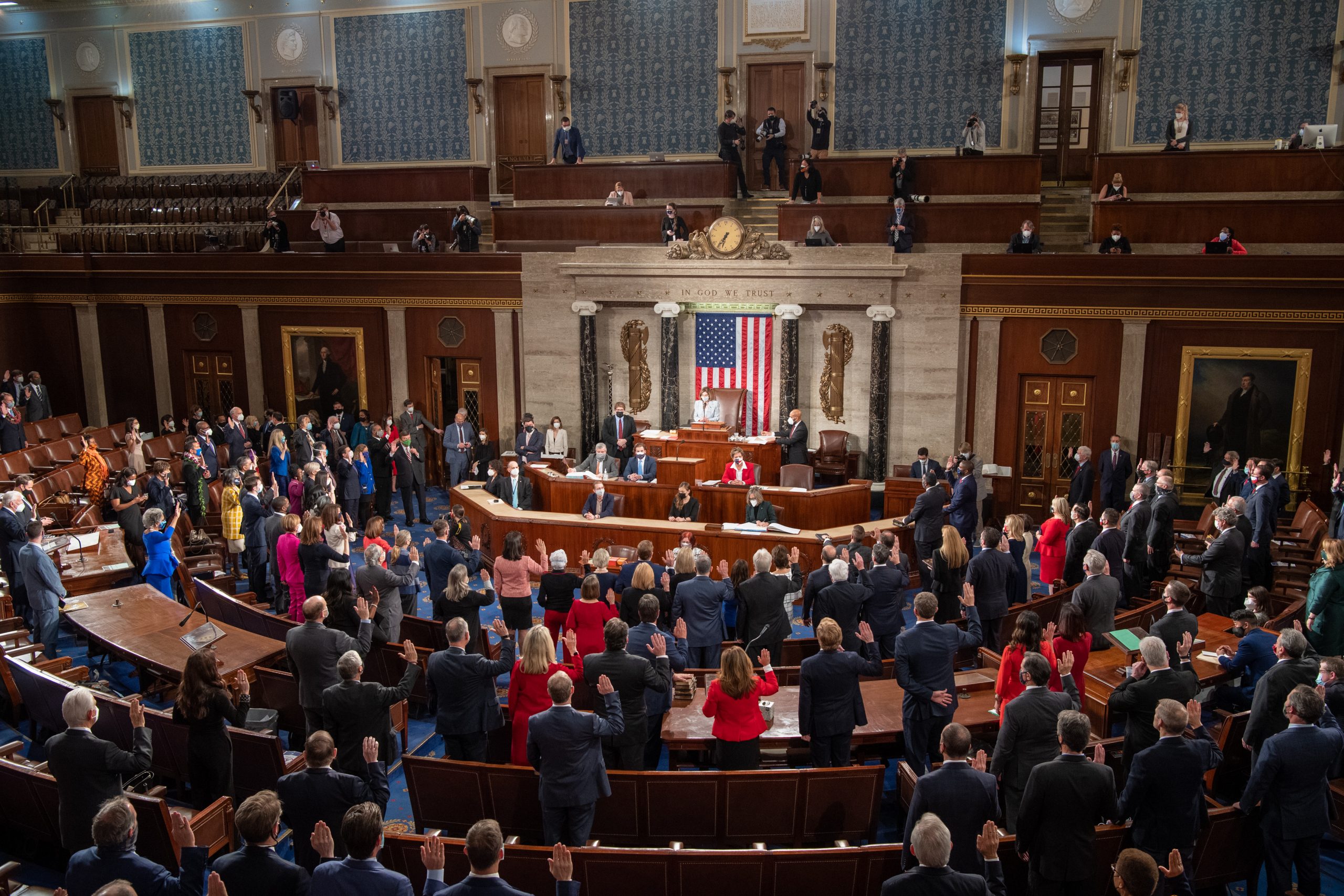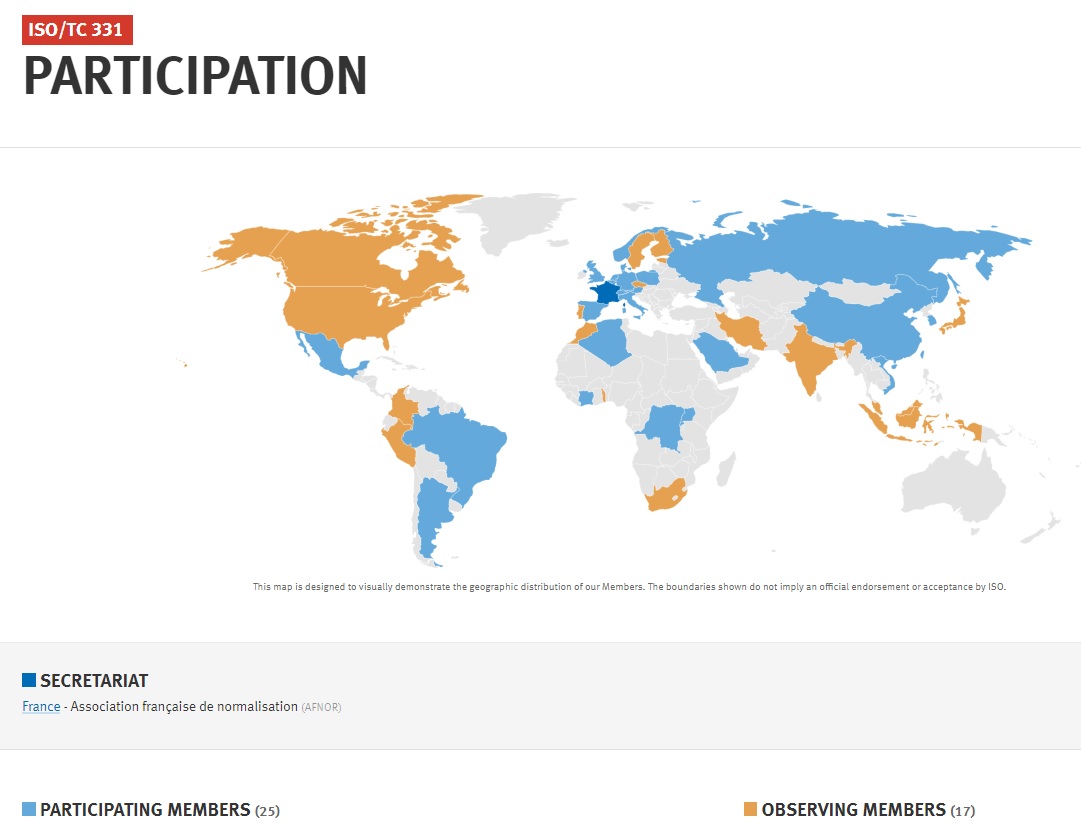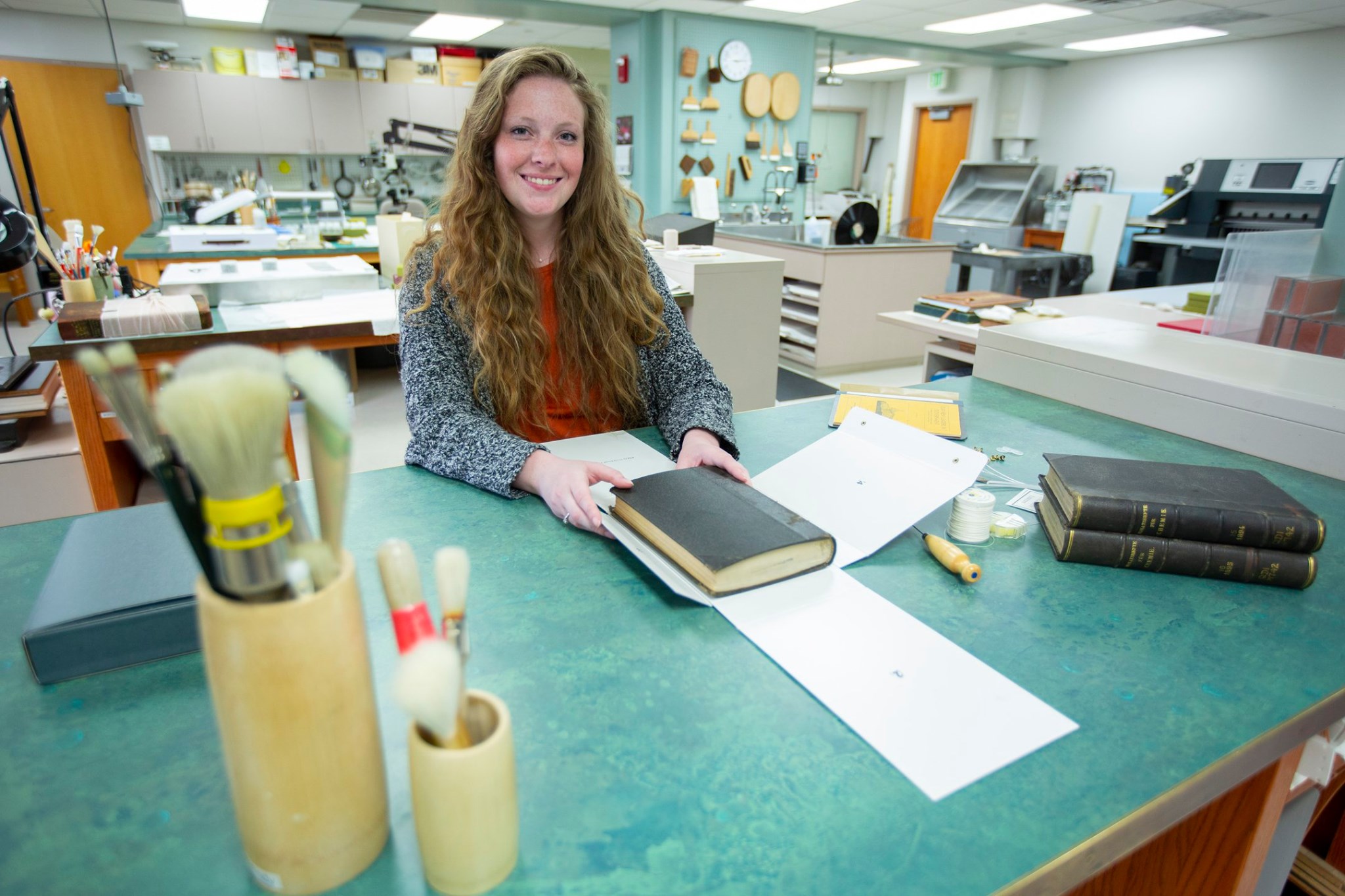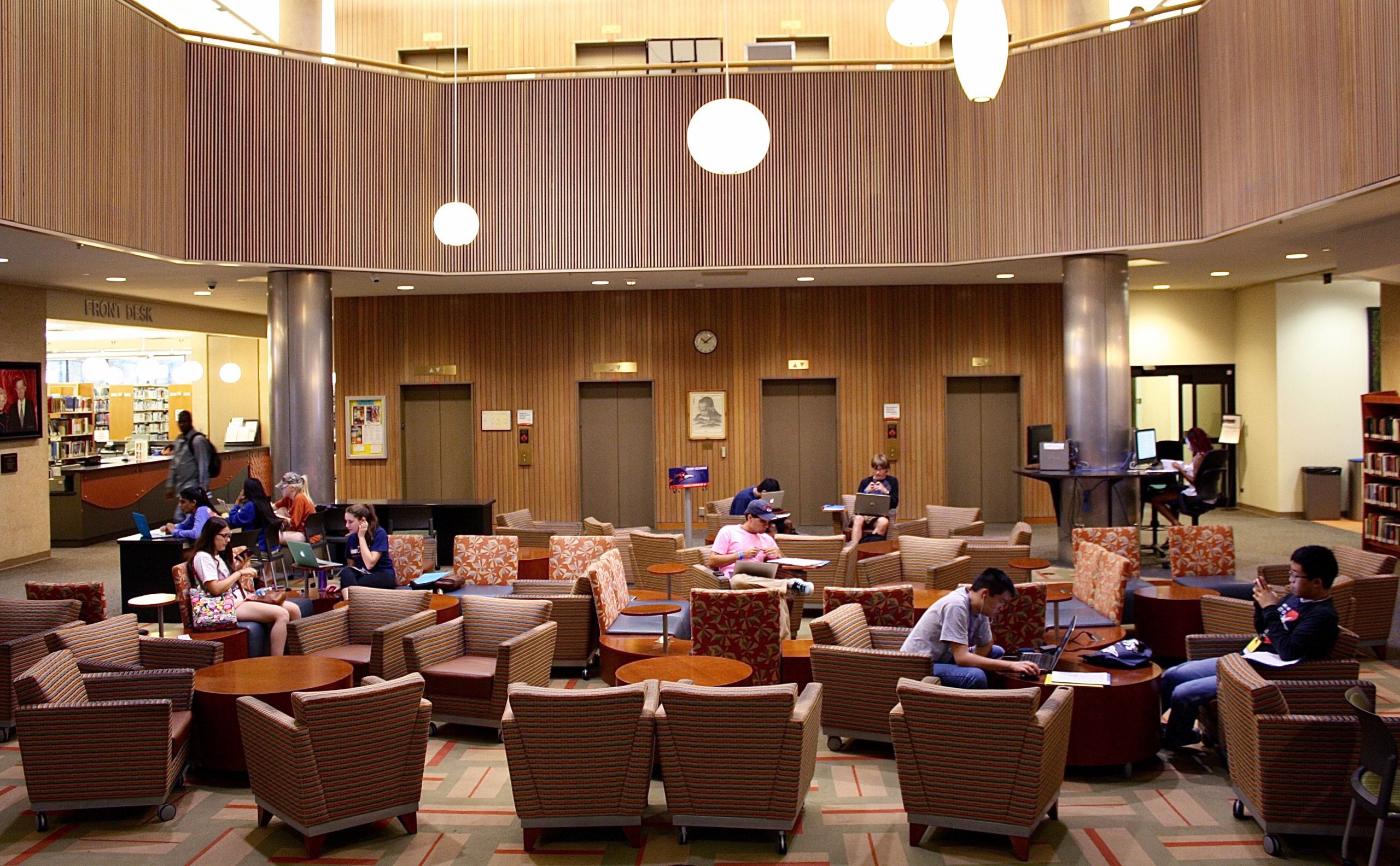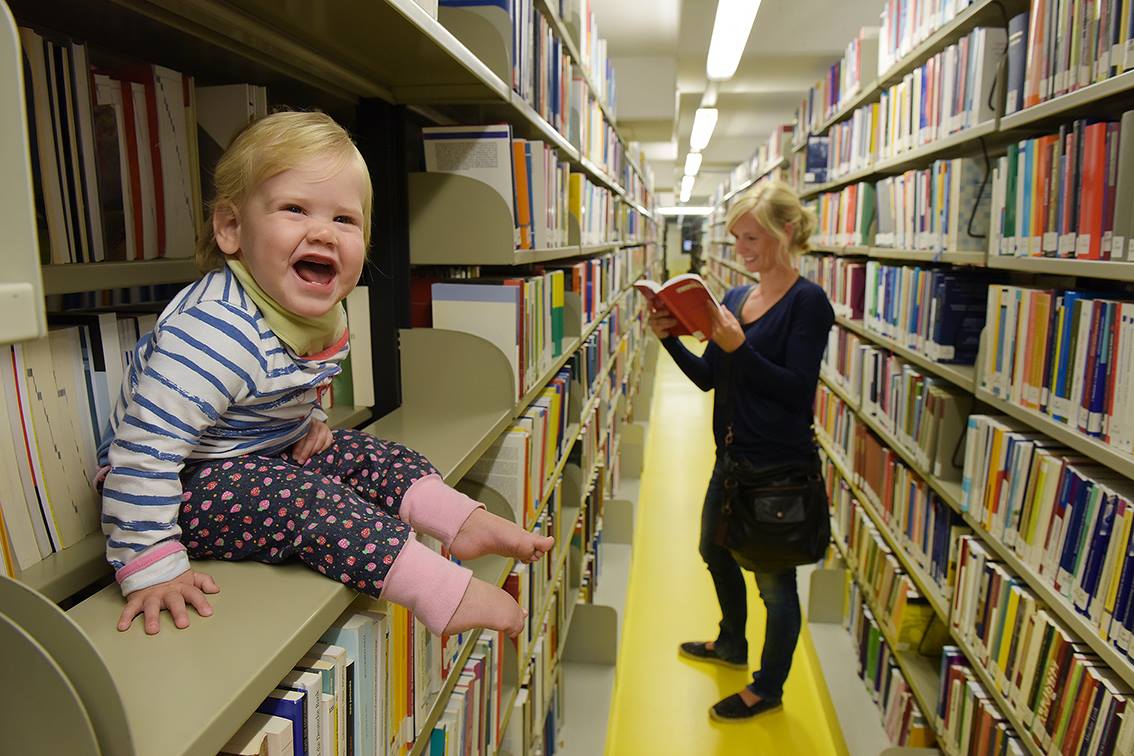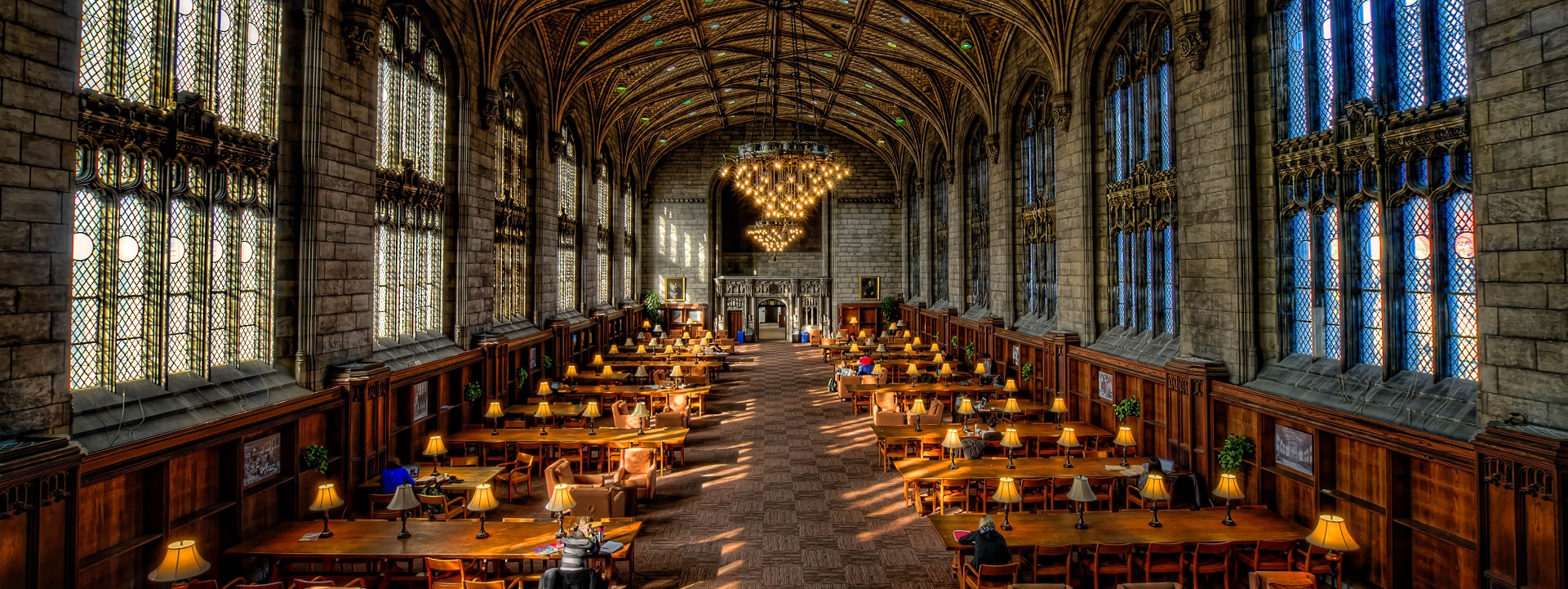Operations Desk
- Home Page 174

Athletics facilities upgrades: $390 Million
OSU was founded in 1890 as Oklahoma Agricultural and Mechanical College under the Morrill Land Grant Act of 1862 set in motion by President Abraham Lincoln. It has approximately 30,000 students across 1500 acres with 400 buildings. Its athletic department runs an operating budget of about $100 million.
Biodiversity
As described in April, a new ISO Technical Committee, ISO/TC 331 – Biodiversity, has been formed. The Secretariat has been assigned to France (AFNOR). ISO/TC 331 will operate under the following scope:
Included: Standardization in the field of Biodiversity to develop requirements, principles, framework, guidance and supporting tools in a holistic and global approach for all relevant organizations, to enhance their contribution to Sustainable Development.
Excluded: standardization of test and measurement methods for ecological quality of water, air, soil and marine environment.
Organizations interested in serving as the U.S. TAG Administrator or participating on the U.S. TAG should contact ANSI’s ISO Team (isot@ansi.org). Public consultation closes 6 January 2021
All ISO best practice titles relevant to US education communities remain on the standing agenda of our Global colloquia. See our CALENDAR for the next online meeting; open to everyone.
Source: ANSI Standards Action | Page 35
Posted 1 April 2020
The Association Française de Normalisation (AFNOR), the International Organization for Standardization (ISO) member body for France has submitted a proposal for a new field of ISO technical activity on Biodiversity, with the following scope statement:
Standardization in the field of Biodiversity to develop requirements, principles, framework, guidance and supporting tools in a holistic and global approach for all relevant organizations, to enhance their contribution to Sustainable Development. Excluded: standardization of test and measurement methods for ecological quality of water, air, soil and marine environment.
It is intended to support organizations of any type or activities in addressing biodiversity over the whole value chain: upstream, on site, and downstream. It will help in developing action plans and to monitor their progress with new or existing tools such as indicators, inventory methods, standards for environmental bio-monitoring or biodiversity reporting.
Anyone wishing to review the proposal can request a copy by contacting ANSI’s ISO Team (isot@ansi.org), with a submission of comments to Steve Cornish (scornish@ansi.org) by close of business on Friday, April 17, 2020. We know Steve well enough to know that on a project like this, he would welcome comment first thing Monday morning; owing to the disruption of the normal course of business over the past ffew weeks.
If the ISO receives acceptance by global stakeholders, this would be an ideal project for a US-based academic unit to sponsor as one of ANSI’s Technical Advisory Groups.


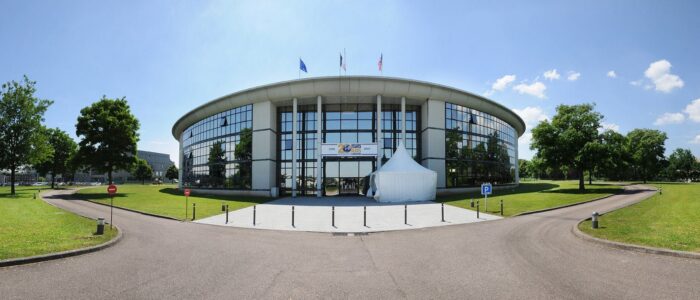
We maintain all ISO consensus products on the standing agenda of our International Standards teleconferences. We have the project prospectus now . See our CALENDAR for the next online meeting; open to everyone.
Source: ANSI Standards Action
ST MARY’S HALL
This content is accessible to paid subscribers. To view it please enter your password below or send mike@standardsmichigan.com a request for subscription details.
Herbal Tea
Common herbal tea blends:
Astragalus: known to potentially enhance immune function and may have potential anti-inflammatory and antioxidant effects
Chamomile: known for calming and soothing properties, it may be useful to help improve ailments, including anxiety, insomnia, and digestive disorders
Echinacea: known for its potential ability to enhance immune function and reduce the severity and duration of upper respiratory tract infections
Elderflower: may be useful to help improve respiratory infections and may have potential anti-inflammatory and antiviral effects
Ginger: known for its anti-inflammatory and analgesic effects, it may be useful for relieving symptoms of nausea, vomiting, and other digestive ailments
Hibiscus: known for potential cardiovascular benefits, including reductions in blood pressure and improvements in lipid profiles
Lavender: known for its relaxing and calming properties, and it may be useful in alleviating symptoms of anxiety and improving sleep quality
Lemon balm: known for its calming and relaxing effects, it may be helpful in alleviating symptoms of anxiety and improving sleep quality
Peppermint: known for its potential ability to relieve symptoms of digestive disorders, it may be helpful in aiding digestion
Rose hips: rich in vitamin C and may have anti-inflammatory effects, as well as potential benefits for skin health and wound healing
Rooibos: known for containing high levels of antioxidants, which may help to protect against a range of diseases
Yerba mate: known for stimulating properties and may help to improve cognitive function, boost energy levels, and improve mood
Afternoon Tea.
Sherree Valentine-Daines. Contemporary British artist, born 1956. pic.twitter.com/065XFtkIFA— El Eremita (@dinamittEros) May 31, 2022
The Kringle, Tulips & Tea
Good morning, internet friends that live on my phone.
☕️🤍☕️🤍☕️ pic.twitter.com/Dce7XnfpPb— Heather_in_WI (@Heather_in_WI) April 14, 2025
Bibliography:
ANS Z501 and ANS Z50.2:American National Standards for Baking Safety and Sanitation
US Food & Drug Administration: CFR Title 21 Part 136 Bakery Products
IEEE: Increasing energy efficiency of the gases production process in bakery ovens
New update alert! The 2022 update to the Trademark Assignment Dataset is now available online. Find 1.29 million trademark assignments, involving 2.28 million unique trademark properties issued by the USPTO between March 1952 and January 2023: https://t.co/njrDAbSpwB pic.twitter.com/GkAXrHoQ9T
— USPTO (@uspto) July 13, 2023
Standards Michigan Group, LLC
2723 South State Street | Suite 150
Ann Arbor, MI 48104 USA
888-746-3670


